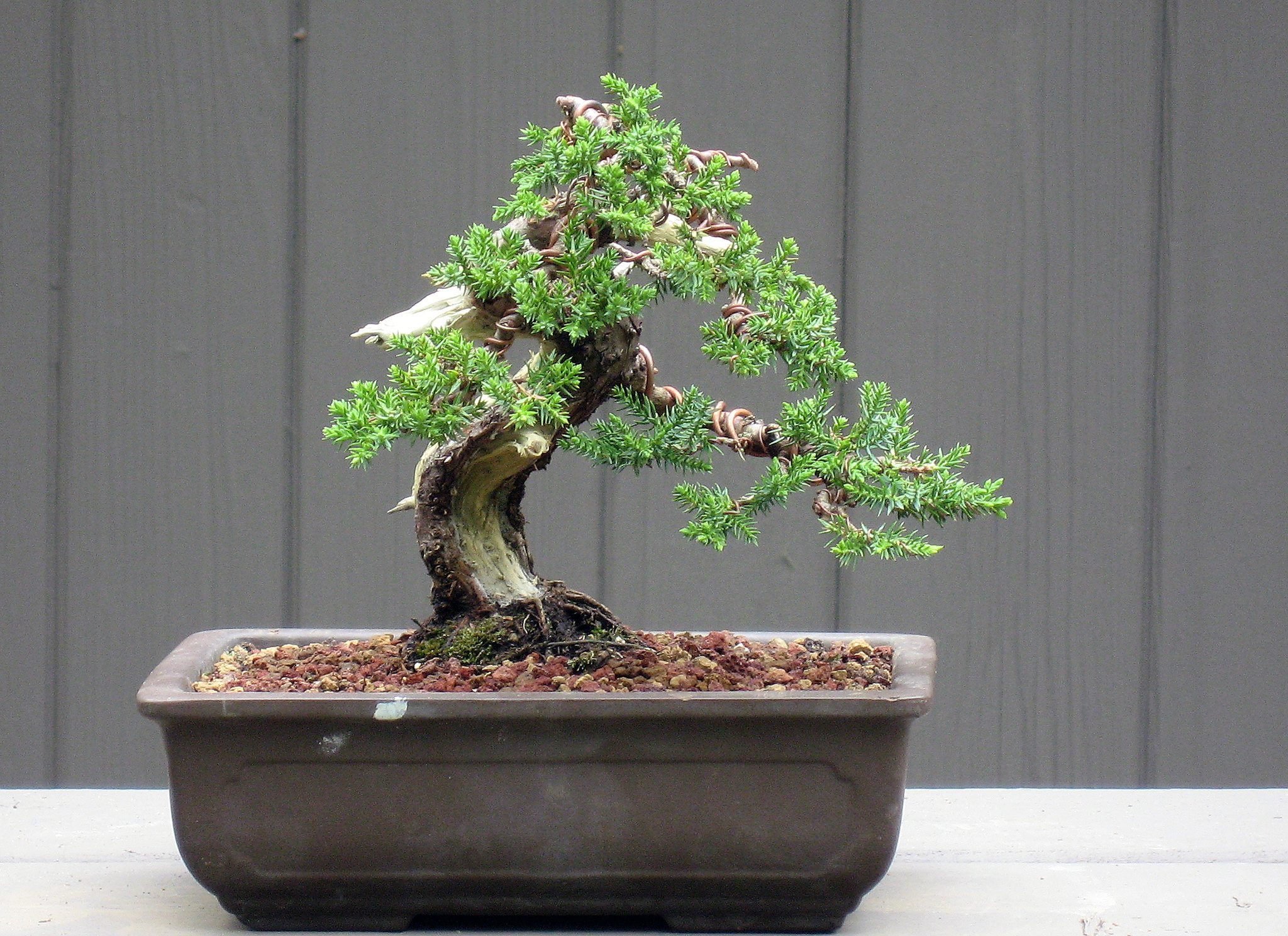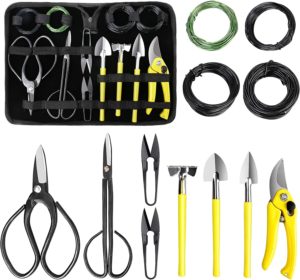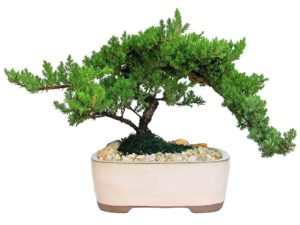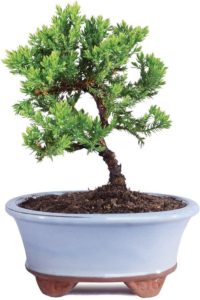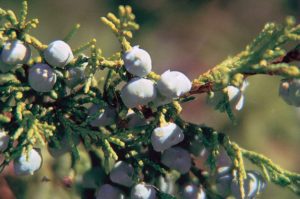One of the finest tree species to cultivate as bonsai is the Juniper. Juniper bonsai are hardy and relatively easy to grow, making them ideal for beginners.
Junipers (Juniperus) are among the most popular of all traditional bonsai trees. They grow into a variety of sizes and shapes, from low-growing ground cover varieties to towering trees.
This evergreen shrub looks stunning in rock gardens and topiaries, and it can be quite easy to overwinter Juniper trees indoors during the winter season.
If you’re looking for a traditional bonsai to place in your outdoor space, then the juniper species is right up your alley.
But there are a few key things to get to know about the juniper bonsai tree.
If you want to ensure the beauty and health of your tree, then this common Juniper bonsai care guide can be a great help for you.
location and sunlight
Most junipers prefer bright light and well-drained soil. They are tolerant of a wide range of soils but prefer slightly acidic soil with a pH of 6-7.
A good bonsai soil mixture includes Akadama, pumice, clay pebbles, coarse soil, lava rocks, and some organic compounds.
When indoors, make sure you position the juniper bonsai tree in an area that has access to bright light (ideally direct sunlight). We recommend that it gets at least 3 hours of full direct sunlight per day. For this reason, the juniper bonsai plant doesn’t usually make a good indoor plant.
If placed outdoors, like on a balcony or patio, keep the little juniper bonsai tree in a spot that has protection from strong wind and rain. The juniper tree does not tolerate temperatures below 15 °F (-10 °C) well so you’ll need to protect your juniper bonsai if you leave it outdoors during the winter.

watering and misting requirements
Your bonsai plant needs to be watered frequently or at least every 2 days. Make sure the soil does not dry out completely to prevent the tree from dying. The best way to tell if your plant needs watering is by checking the texture and color of the soil. Generally, when soil color becomes lighter and its surface feels rough and dry, you should start watering your plant.
When watering, place the bonsai pot in a container with up to 2 inches of water and leave it there for one hour until the soil becomes moist. In case you are planning to go on a trip for a few days, keep your plant properly hydrated by enclosing its pot in a kind of plastic bag right after you have watered it. This will help retain the moisture on the soil for a maximum of one week.
There are some areas where mineral and salt buildup occur on the soil’s surface. When this happens, simply spray the surface of the soil with water to eliminate buildup and discoloration.
If you want to provide extra humidity to your plant during winter months, you may mist it frequently or set the bonsai pot on a tray filled with small pebbles. Add water up to the level that is below the pot’s bottom. To avoid root rot, make sure that the plant roots aren’t sitting in water for more than two days.
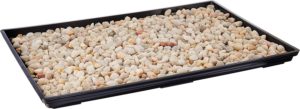
pruning guidelines
It is important to prune your tree’s foliage and roots to ensure its growth within the small space provided for the plant. When pruning, you should carefully pinch out the ends of new growths at least once every 6 weeks. This technique helps maintain the plant’s shape and bushy appearance.
Root pruning must be done between March to May, during the growing season, or every other springtime. This process should be done with great care since you would not want to damage the plant’s roots, particularly younger ones.
- Remove the plant from its container and loosen the soil around the bottom and sides.
- Cut off 1/3 of the roots from the bottom and around it.
- Then, put new and porous bonsai soil as you replant your Juniper bonsai.
- When you have finished potting, mist the bonsai plant and place it in its usual location indoors or in your garden.
popular types of juniper bonsai trees
The juniper species is a fun one to explore for the budding bonsai enthusiast. It’s hardy, durable, and loves the sun. What’s not to love? Here are a few of the most popular types of bonsai trees for a traditional bonsai experience.
japanese garden juniper
The Japanese Garden Juniper is an elegant and stately bonsai tree. This one is approximately 10 years old and has been planted in a 10 inch ceramic container. The color and style of the juniper may vary, but each one is uniquely beautiful. It needs lots of sunlight and moist conditions.
green mound juniper bonsai
The Green Mound Juniper is popular for bonsai enthusiasts because of its soft bark. It makes it especially easy to manipulate with wiring, allowing you to create quite interesting styles.
rocky mountain juniper
The Rocky Mountain Juniper is native to the Americas and so entered the bonsai scene a little later than other types of junipers. The natural habitat and growing patterns have introduced a whole new way to try bonsai gardening, a traditionally Japanese practice.
juniperus chinensis
This tender little juniper plant loves a humid environment, so pair with a humidity tray and spritz it often.
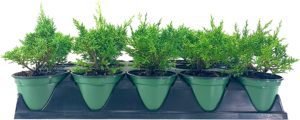
learn more about bonsai plants
- How to keep bonsai leaves small
- How long do bonsai trees live? Longer than you.
- How to care for your Japanese black pine bonsai
- How to grow aqua bonsai (water bonsai)
- How to care for a Red Maple bonsai tree
- Pomegranate bonsai tree care guide for beginners
- 15 bonsai styles and shapes that will inspire you
- Bonsai palm tree care: How to care for palm tree bonsais

